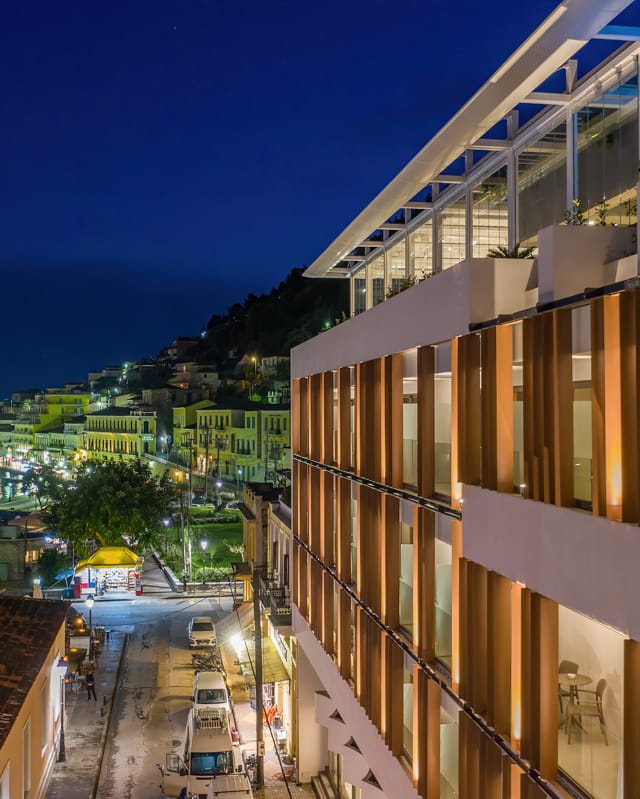On a Taygetos hill, 6km to the northwest of Sparta, Mystras rises riddled with ruins and full of history. Mystras served as the capital of the Byzantine Despotate of the Morea in the 14th and 15th centuries, experiencing a period of prosperity and cultural flowering. The history of today's "dead state" of Mystras, begins in the middle of the 13th century, when the conquest of the Peloponnese by the Franks was completed. In late 1248, William II of Villehardouin built a strong wall and castle on the east side of Taygetus, at the top of a steep and conical hill called Mystras or Myzithras.
In 1259, at the battle of Pelagonia, the Franks were defeated and the Byzantine emperor Michael XVI Palaiologos captured William II Villehardouin. Prince William and to secure his release, ceded the castles of Megali Maini, Monemvasia and Mystras.
In 1348 was created the "Despotate of Morea". In 1429 a second despotate was created in Moria, whose leader was Constantine IAI Paleologos. In 1443 Constantine became "despot" of Mystras, a position he held until 1448, when he was anointed emperor - the last - of the Byzantine Empire.
In Mystras there are 7 important churches, including the Cathedral or Agios Demetrios. It is a complex of buildings located through the northernmost point of the outer wall. It is the oldest surviving monument in the city. Constantine Paleologos was crowned emperor here - the plaque with the double-headed eagle in the center of the temple testifies to this fact.
Monemvasia or Monemvasia or Monemvasia or Monovasia, known to the Franks as Malvasia, is a small historic town located on a small island rock off the east coast of the eastern Peloponnese. The rescued buildings and structures in the castle include defensive structures of the outer castle and several small Byzantine churches. Its name is a compound word, which comes from the two Greek words "moni" and "emvasis". Many of the roads are narrow and suitable only for pedestrians. The bay of Palea Monemvasia is located in the north. The nickname of Monemvasia is "Gibraltar of the East", because it happens to be in a reduction identical to the rock of Gibraltar.
The area of Monemvasia is a protected habitat of the Natura 2000.
At the southeastern end of the prefecture of Laconia is Elafonisos with the famous beach of Simos. In ancient times, today's Elafonisos was not an island, but the peninsula "ONOU GNATHOS", according to Pausanias, who in his tour places the city in the now submerged area of the islet Pavlopetri*.
*Pavlopetri is a small island opposite Elafonisos. In the wider area, there are archaeological findings which testify that the area was inhabited 5000 years ago. Between the islet and the land is an ancient city, sunk a few meters below the surface, about 5 millennia old. Initially it was estimated that the city was built around 1600-1100 BC, but later research revealed through the findings that the city was inhabited before 2800 BC, at the beginning of the Bronze Age. It is probable that the city sank in 1000 BC. Others believe that Pavlopetri was conquered in 375 AD from the same earthquake that destroyed Gythio.
Elafonisos is a protected habitat of Natura 2000.





